
CBT Line Array Loudspeakers


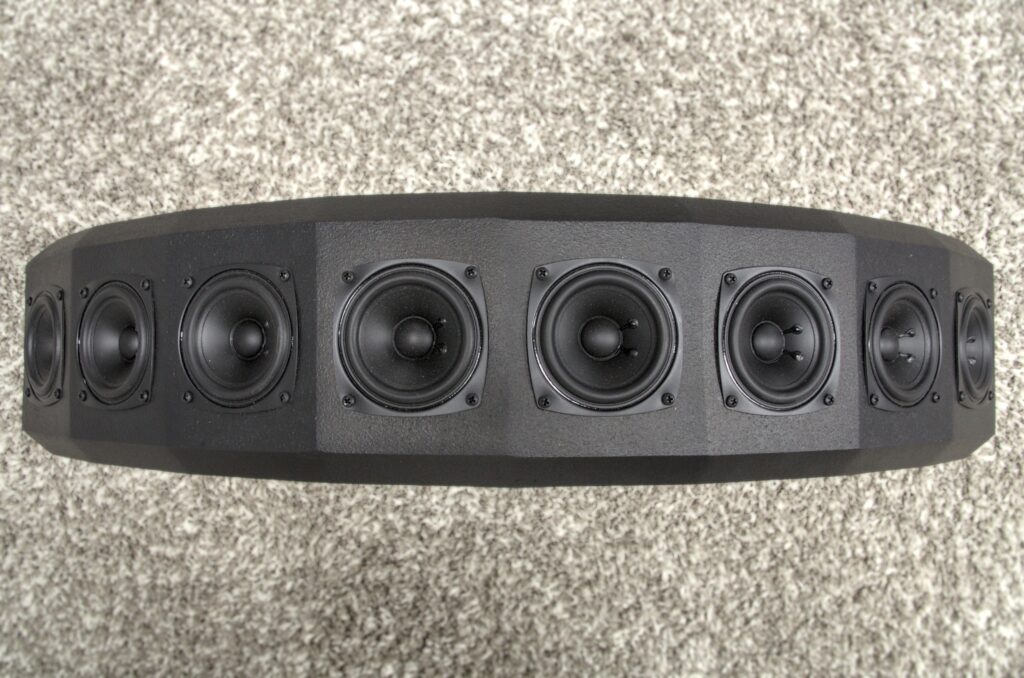


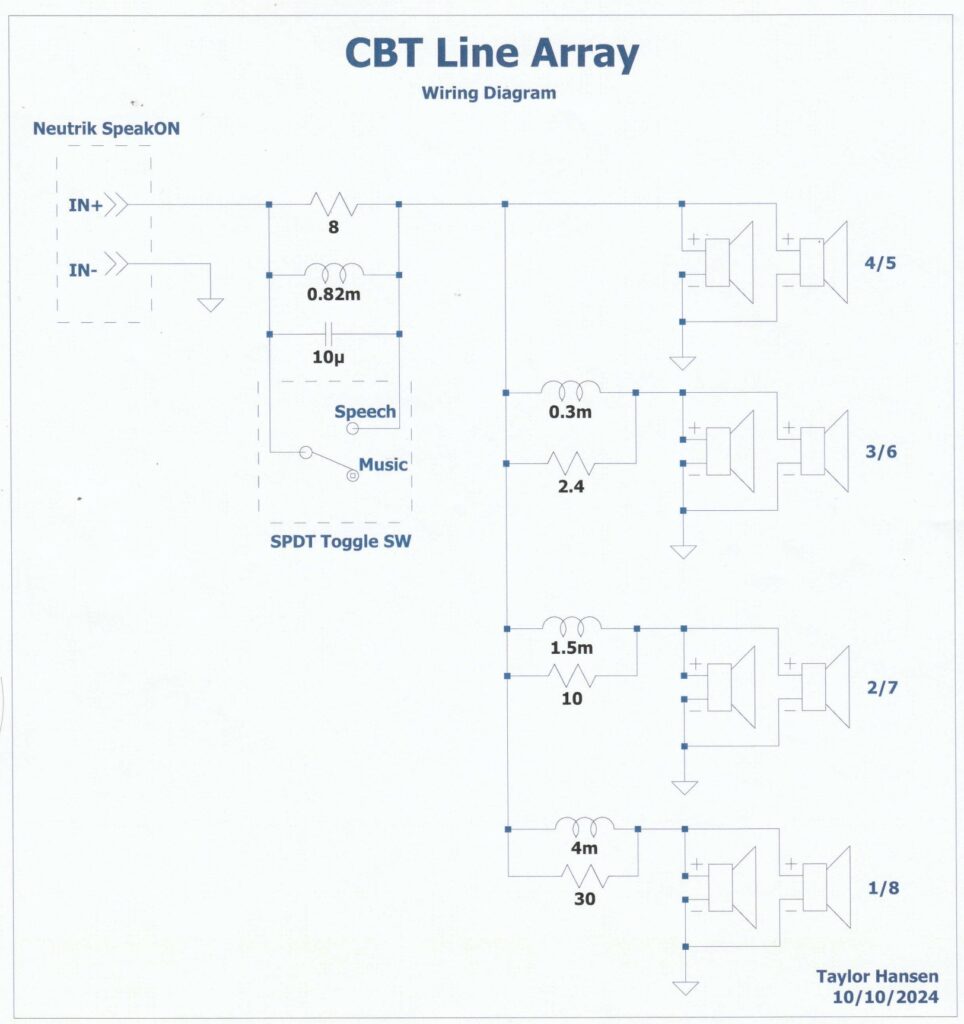
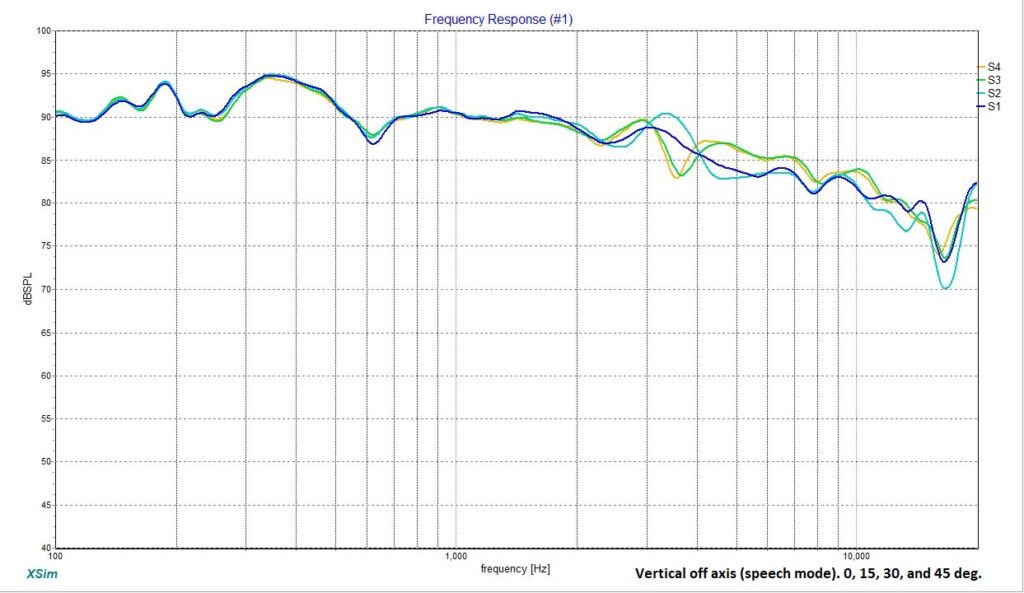
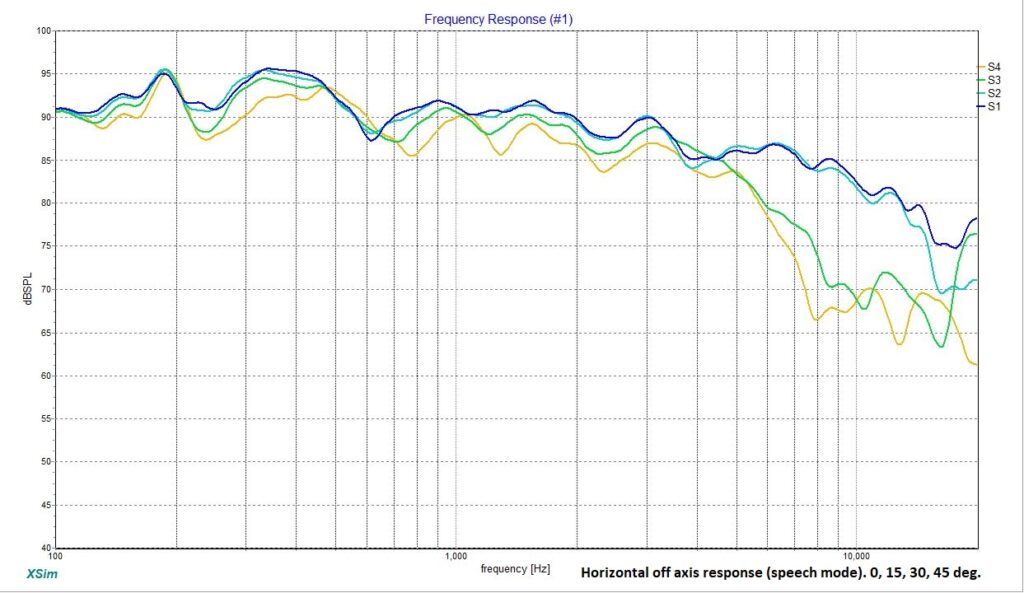
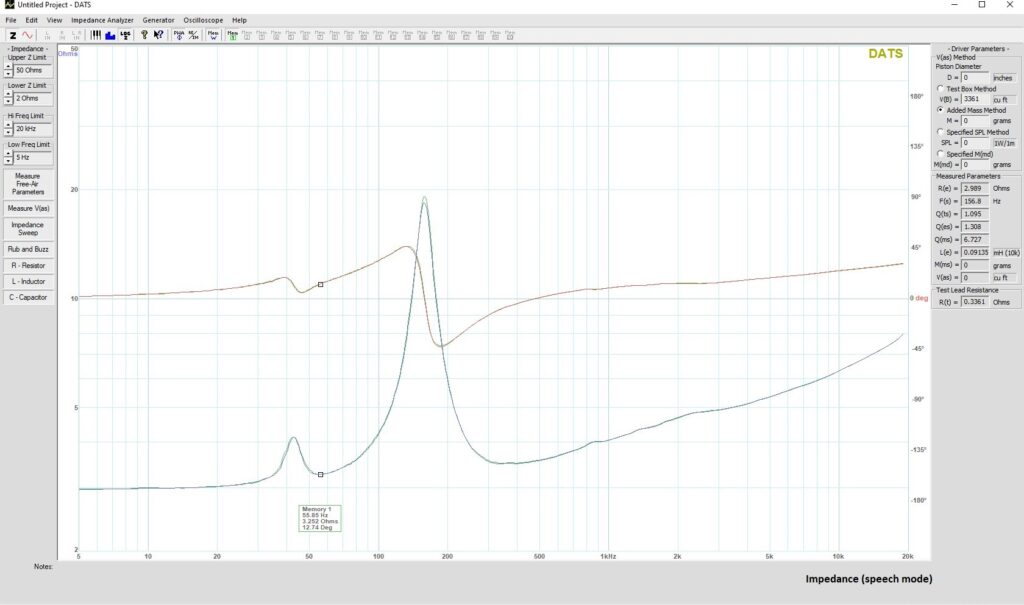
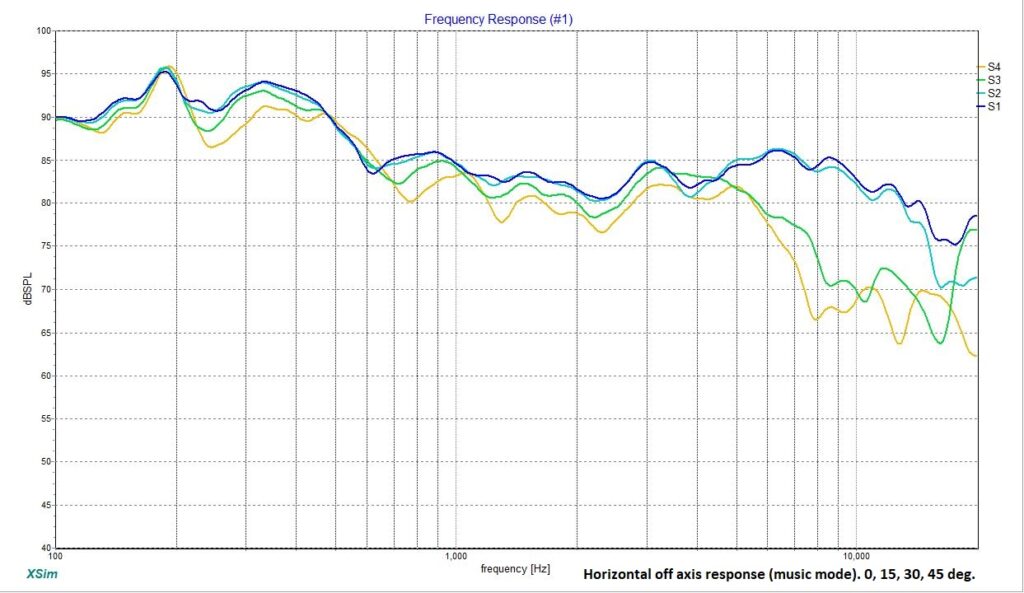
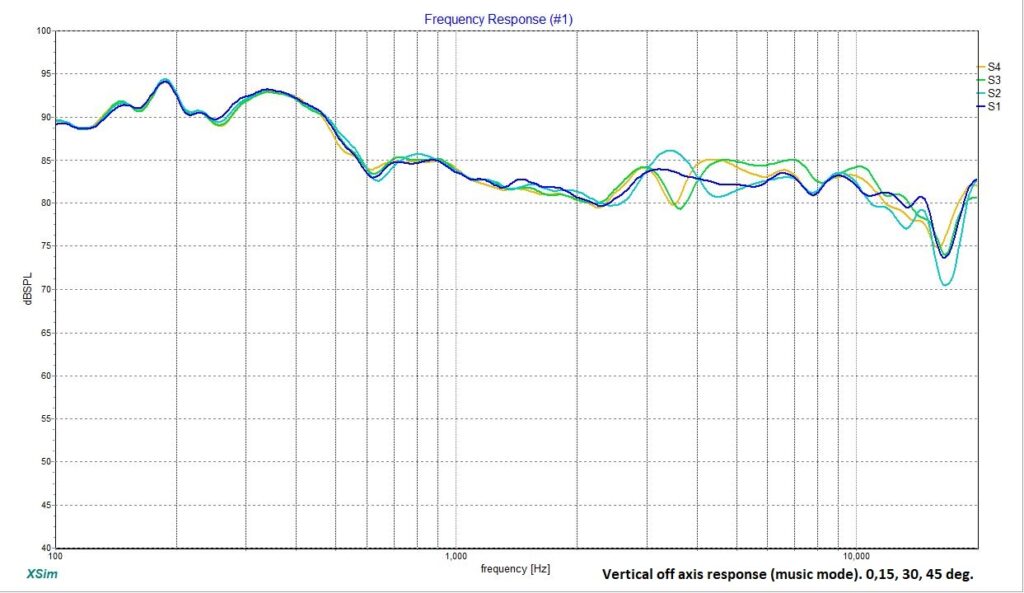
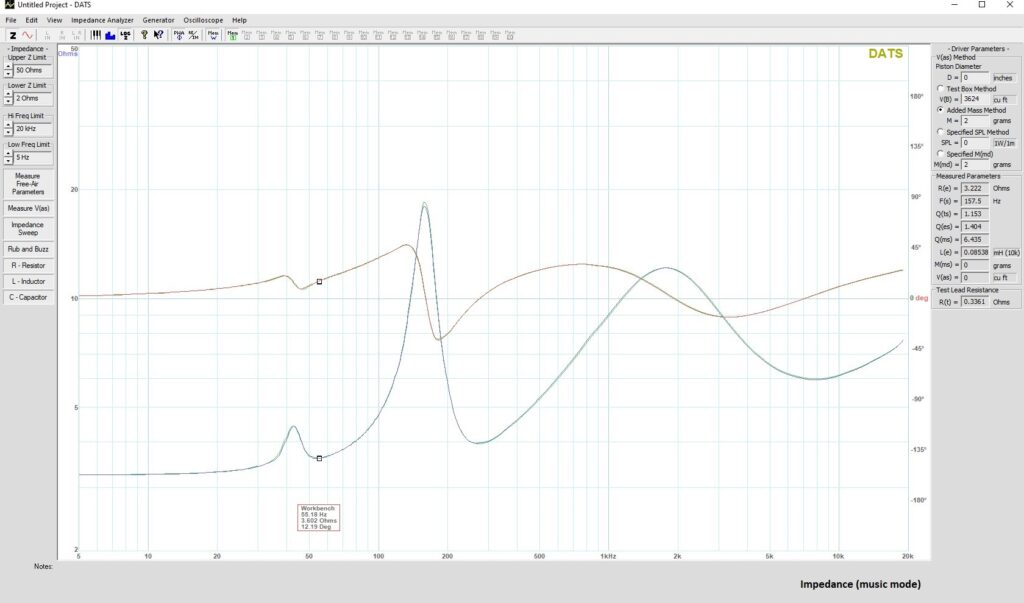

Designer:
Taylor Hansen
Project Category:
Tower Speakers
Project Level:
Advanced
Project Time:
8-20 Hours
Project Cost:
$100 – $500
Project Description:
These are my “Continuous Beamwidth Transducer Line Array” loudspeakers. Heavily based on the research done by Don Keele and the JBL CBT 50LA loudspeakers, they were designed to provide constant directivity, beamwidth, and coverage that’s independent of frequency and distance. In short, they sound the same regardless of where you are in the room.
Design Goals:
Because they are to be wall mounted high above a medium sized untreated commercial environment, vertical and horizontal off axis response were critical design elements to this build. Relatively high sensitivity and linearity were also important to achieving a reasonable level of speech intelligibility. Exceptional low-end extension and high frequency detail were inherently limited due to the room’s large volume and reflective surfaces, and as such were areas where engineering tradeoffs could be made.
Driver Selection:
Eminence Alpha 3-32 full range drivers.
Dayton DSA175-PR passive radiators.
Enclosure Design:
Their convex shape is based on unclassified military underwater transducer research done in the late 1970s by the US Navy, further developed by Don Keele in the early 2000s. By gradually attenuating each driver’s response more and more as you move toward the outer edges of the enclosure, you can achieve a smoother vertical off axis response. This process is also known as frequency shading. However, having multiple woofers in a common chamber playing different amounts of low frequency content can cause them to interfere with one another. To combat this phenomenon, the driver attenuation was bypassed only in the low end to allow for uniform bass content to be played across each of the drivers. This allowed 8 little 3-inch drivers to push dual opposing passive radiators to achieve a 55Hz tuning frequency. Note: the duel opposing passive radiators also helped add rigidity to the cabinet due to their uniform pressurization of the enclosure. Because bass is less directional the lower in frequency you go, this did not negatively impact the benefits achieved by implementing frequency shading in the high end. Enclosures were lightly stuffed with polyfill, and baffles were chamfered to help with diffraction.
Crossover Design:
As previously mentioned, they implement frequency shading, while allowing each driver to still play bass at equal levels. This boost in low end also helped compensate for baffle step loss, while allowing the collective drivers to play lower than they could on their own. Upon listening to the now relatively linear loudspeaker, I couldn’t help but wish their response was a bit more “V” shaped. I implemented a parallel RLC notch filter to cut the mids by about 5dB but allowed the user to bypass this EQ profile with a toggle switch on the back.
Tips & Tricks:
When gluing plywood, check to ensure there’s not a finish applied by the manufacture. A clear finish was applied to my workpiece (unbeknownst to me), and as such did not allow the wood glue to penetrate deep into the wood fibers. After the clamps were removed post gluing, I kept hearing popping sounds as the panels were breaking free of the weak glue bonds. I ended up having separate all the panels and sand them down before regluing.
Conclusion:
These were not an easy undertaking, but I’m very pleased with their ascetics and performance. They’ve taken several design iterations across their nearly 12 months of development and have earned the title of my most complicated loudspeaker build to date. They have been made possible only by standing on the shoulders of those who have come before me, but I like to think I’ve pushed the needle just a bit further in this technology by adding my own insight and research to the mix. They have challenged my abilities every step of the way, providing an avenue for personal growth, and have now found their home in a very deserving ministry.
About the Designer:
Taylor Hansen is an electrical engineer specialized in power electronics for the aerospace industry. He has found that speaker building is a great way to couple his professional skills with his many hobbies such as fine woodworking, home theater, and live sound reinforcement. When not tinkering with electronics in the lab or sanding MDF in the shop, he can often be found serving as a pianist for his local church in Fort Wayne, Indiana. But perhaps most importantly, Taylor finds fulfillment in his wife and son, who serve as constant sources of motivation and love.
Project Parts List:
| Part# | Description | Qty. |
| 290-4018 | Eminence Alpha 3-32 3″ Full-Range Speaker 32 Ohm | 16 |
| 295-548 | Dayton Audio DSA175-PR 6-1/2″ Designer Series Aluminum Cone Passive Radiator | 2 |
| 092-054 | Neutrik NL4MPRXX speakON Connector 4 Pole Round Chassis Mount | 2 |
| 257-028 | Dayton Audio 0.30mH 20 AWG Air Core Inductor Crossover Coil | Not Specified |
| 257-044 | Dayton Audio 0.80mH 20 AWG Air Core Inductor Crossover Coil | Not Specified |
| 257-052 | Dayton Audio 1.5mH 20 AWG Air Core Inductor Crossover Coil | Not Specified |
| 257-662 | Dayton Audio IC184 4.0mH 18 AWG Laminated Steel I-Core Speaker Crossover Inductor Coil | Not Specified |
| 004-2.4 | Dayton Audio DNR-2.4 2.4 Ohm 10W Precision Audio Grade Resistor | Not Specified |
| 004-8 | Dayton Audio DNR-8.0 8 Ohm 10W Precision Audio Grade Resistor | Not Specified |
| 004-10 | Dayton Audio DNR-10 10 Ohm 10W Precision Audio Grade Resistor | Not Specified |
| 004-30 | Dayton Audio DNR-30 30 Ohm 10W Precision Audio Grade Resistor | Not Specified |
| 027-118 | Audyn Cap Q4 10uF 400V MKP Metalized Polypropylene Foil Crossover Capacitor | Not Specified |

Very cool design, and something that I’d definitely want to try out. I appreciate your including some background, as I spent my time in uniform as a Sonar Technician / Acoustic Analyst chasing Soviet submarines around the Pacific Ocean in the 70’s and 80’s. Congrats on a very interesting project!